Stainless Steel Passivation Services In Houston, TX
When precision and corrosion resistance matter most, stainless steel passivation is the finishing step that makes the difference. At Valence Surface Technologies in Houston, TX, we provide industry-leading stainless steel passivation services that meet the rigorous standards of aerospace, defense, medical, and manufacturing sectors.
Whether processing new parts or maintaining mission-critical components, our Houston facility delivers superior surface treatments that enhance durability, cleanliness, and performance.
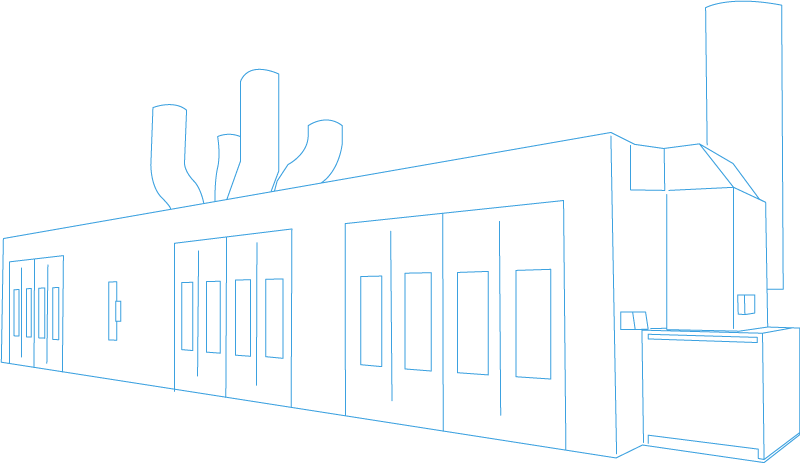
Employees
Square Footage
Processes
Processes
Parts Per Year
Processing Capabilities
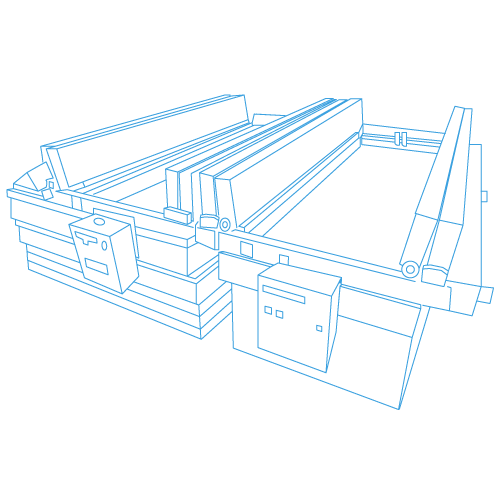
NDT
Hardness/Conductivity
Magnetic Particle
Penetrant
Painting / Coatings
Dry Lube
Fuel Tank Coating
Primer
Topcoat
Sol Gel
Additional Services
Part Mark
Shot Peen
Chemical Processing Aluminum
Anodize Phosphoric (PAA)
Anodize – Type I Chromic
Anodize – Type II Sulfuric
Chemical Film – Type 1 (Chromicoat L25)
Chemical Film – Type 1 (Alodine 1132)
Chemical Film – Type 2 (Chemeon TCPHF)
Chemical Processing Hard Metals
Passivation Type VI
Titanium Etch (Pickle)
Customer Portal
Valence Updates & News
Valence Eastman operations receive an extensive list of process approvals to support Boeing
Valence Eastman receives multiple approvals to further support special processes for the Boeing 737 and 777 commercial aircraft production, as well as the Boeing production of the V-22 Osprey. EASTMAN, GEORGIA; September 21, 2022 – Valence Surface Technologies LLC...
Valence Eastman Gains Multiple Approvals from Sikorsky
Valence Surface Technologies Eastman, GEORGIA operations received an extensive list of process approvals to support Lockheed Martin’s Sikorsky rotorcraft programs EASTMAN, GA; August 30, 2022 – Valence Surface Technologies LLC (“Valence”) is pleased to announce our...
Valence Recognizes Eastman GEORGIA First Responders
El Segundo, CA, August 24, 2022 - Valence Surface Technologies (VST) maintains a strong focus on Environmental, Health and Safety in each of the communities where we have metal finishing operations and where our employee families reside. Today, our Valence Middle...
Valence Promotes Justin Fordham to General Manager in Eastman, Georgia
Valence Appoints Justin Fordham as General Manager in Eastman, Georgia
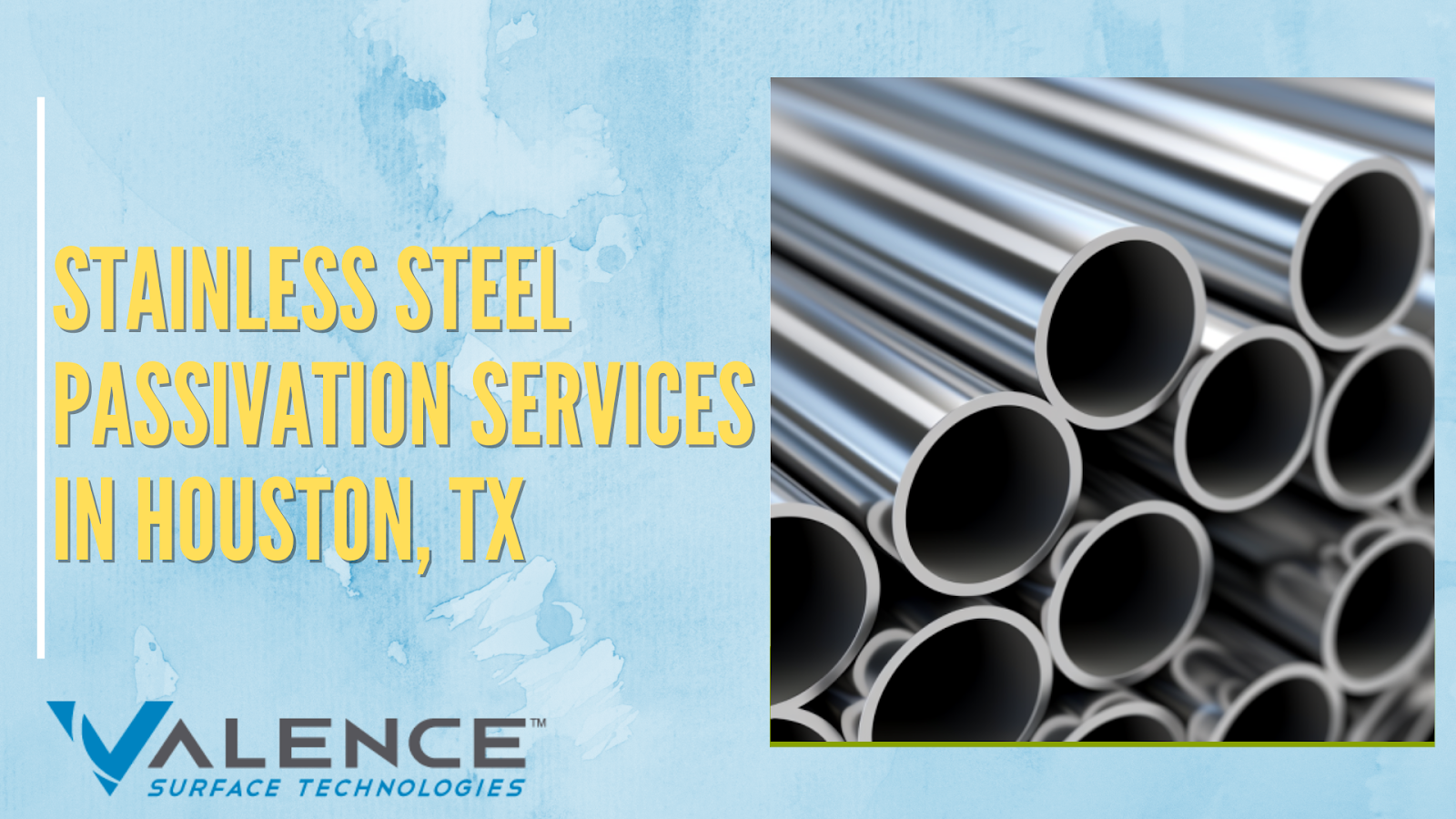
What Is Stainless Steel Passivation And When Is It Required?
Stainless steel passivation is a critical chemical process that enhances the corrosion resistance of stainless steel components. By removing free iron contaminants from the surface without affecting the underlying material, passivation ensures the integrity and performance of stainless steel in demanding environments. This treatment is widely adopted across industries where reliability and longevity are paramount, particularly within aerospace, defense, and industrial sectors.
Key Indicators For Passivation Requirement
Stainless steel parts require passivation in several scenarios, such as after machining, grinding, or welding. These fabrication processes can embed iron particles or other contaminants onto the surface, compromising the alloy’s corrosion-resistant properties. Additionally, parts exposed to harsh cleaning agents or corrosive environments benefit greatly from periodic passivation to maintain optimal performance.
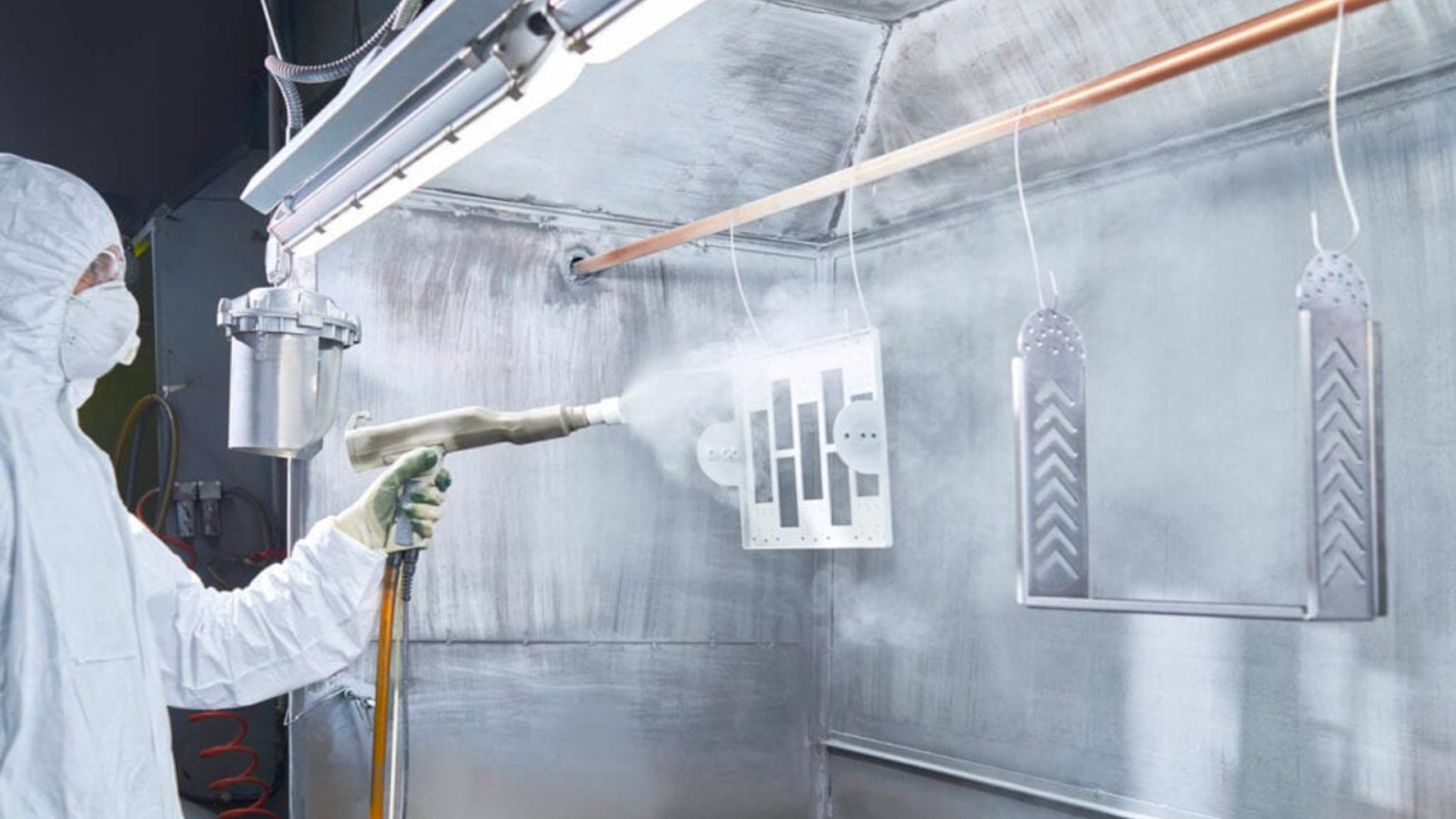
Choose Valence Surface Technologies for Your Aerospace Anodizing Needs in Houston, TXUnlock a world of possibilities with Valence, the global leader in aerospace surface finishing. Here’s why Valence is your ultimate partner:
Join the industry leaders who choose Valence Surface Technologies for their aerospace finishing needs. Request a customized quote for your finishing solutions today. |
Key Benefits Of Stainless Steel Passivation
Below are some of the primary benefits of implementing stainless steel passivation:
Enhanced Corrosion Resistance
Passivation forms a protective oxide layer on the stainless steel surface, reducing the risk of rust and environmental corrosion. This ensures components maintain structural integrity and functionality, even in harsh operational environments.
Improved Cleanliness And Surface Purity
By removing embedded iron particles and other contaminants, passivated stainless steel surfaces are cleaner and exhibit enhanced purity. This leads to more consistent downstream finishing operations and better performance within precision applications.
Maintenance Of Mechanical Properties
Unlike other surface treatments, passivation does not alter stainless steel’s mechanical or dimensional properties. The process protects the underlying material without compromising strength, ductility, or functionality.
Why Choose Valence For Stainless Steel Passivation Services In Houston, TX
Choosing the right partner for stainless steel passivation can make all the difference, especially in aerospace, defense, and space applications where precision and consistency are key.
Deep Aerospace And Defense Experience
We’ve spent years working alongside aerospace and defense teams, so we understand the detailed requirements of specifications like AMS 2700 and ASTM A967. Our team in Houston is familiar with the materials, documentation, and processes that support mission-driven programs, and we approach every project with that technical awareness.
End-To-End Integrated Solutions
At Valence, we offer integrated processing coordinated across our network, including here in Houston. We’re structured to minimize delays and reduce friction, from handling logistics and managing inspections to providing documentation and traceability.
Advanced Quality Control Systems
In our Houston facility, we’ve built systems that are aligned with aerospace and defense quality frameworks. Our teams follow detailed inspection protocols and are focused on delivering consistent results.
Our Stainless Steel Passivation Process Explained
Here’s an overview of how the process works:
Step 1: Surface Cleaning Comes First
Effective passivation always begins with a clean surface. We ensure each part is free of machining debris, grease, oil, or coolants. This may involve commercial degreasers, precision rinsing, or, in some cases, acid pickling to remove thermal oxides or embedded contaminants.
Skipping this step—or assuming the acid bath will both clean and passivate—can lead to issues like gas bubbles forming on the part’s surface. These bubbles interfere with the chemical reaction needed to form a uniform oxide layer, resulting in what’s known as a “flash attack,” which can degrade the surface instead of protecting it.
Depending on the material and processing history—such as heat-treated or vacuum-processed martensitic stainless steel—additional care is taken to prevent oxidation or surface carburization from cutting fluid residues. Cleanliness at this stage is critical for maintaining dimensional stability and corrosion resistance.
Step 2: Acid Bath Passivation
Once clean, parts are immersed in a passivating acid solution. We utilize both citric acid and nitric acid, depending on the alloy type, customer requirements, and environmental considerations:
- Citric acid is a safer, environmentally conscious option. It does not release harmful fumes and is operator-friendly. However, it can be susceptible to microbial growth under certain conditions, so it’s managed carefully.
- Nitric acid, traditionally used in aerospace and defense applications, provides strong oxide formation and molecular coverage. It does involve longer processing times and safety precautions due to its toxic fumes.
- Nitric acid with sodium dichromate may be used to accelerate the process, though this increases toxicity and is used selectively.
Regardless of the chosen chemistry, the goal remains the same: remove free iron from the surface and allow the formation of a uniform, passive chromium oxide layer that resists corrosion over time.
Step 3: Testing And Validation
After passivation, we apply various testing methods to validate that the surface is free of free iron and that corrosion resistance has been optimized:
- Humidity Cabinet Test: Particularly effective for 400 series or precipitation-hardened grades, this test exposes samples to 100% humidity at 95°F for 24 hours to check for rust development.
- Copper Sulfate Test (ASTM A380): This involves swabbing or submerging parts in a copper sulfate/sulfuric acid solution. The presence of copper plating indicates residual iron.
- Salt Spray Test: A more aggressive evaluation using a 5% salt solution at 95°F. While not always necessary, it may be used for certain applications.
- Visual and Dimensional Checks: Critical surfaces are oriented and positioned for runoff, and any sign of pitting or staining is carefully reviewed in context of the alloy and process history.
These quality checks help ensure that each passivated component from our Houston facility meets the standards expected by our aerospace, defense, and commercial partners.
Explore Our Other Surface Finishing Services
Below are some of the specialized finishing services designed to enhance the longevity and performance of critical components.
Chrome Plating
Chrome plating offers exceptional wear resistance and hardness for components that operate under high-friction or high-load conditions. Our aerospace-grade chrome plating services in Houston are commonly used on landing gear, hydraulic cylinders, and other critical assemblies where performance and dimensional accuracy matter.
Aerospace Military Plating
We support military programs with specialized plating that meets MIL-SPEC requirements. These finishes are engineered to enhance corrosion resistance, electrical conductivity, and overall durability, aligning with the strict operational and environmental standards expected in military applications.
Cadmium Plating
Cadmium plating is valued for its galvanic protection, lubricity, and excellent corrosion resistance, especially in salt-rich or marine environments. Our Houston facility applies cadmium plating to various aerospace fasteners, connectors, and structural components, ensuring consistent quality across production runs.
Copper Plating
Copper plating is often used as an underlayer for other finishes or for its electrical conductivity. In aerospace manufacturing, it’s applied to support solderability, EMI shielding, or to facilitate subsequent heat treatment processes. We control thickness and adhesion to match both functional and structural performance requirements.
Nickel Plating
Nickel plating provides a versatile protective layer with good corrosion resistance, wear properties, and uniform thickness—even on complex geometries. We offer electrolytic and electroless nickel plating options to accommodate different alloy types and engineering specifications in aerospace manufacturing.
Non-Destructive Testing (NDT)
Comprehensive NDT services, including fluorescent penetrant and magnetic particle inspection, validate component integrity without altering substrate properties. These processes help ensure rigorous quality assurance and flight-worthiness.
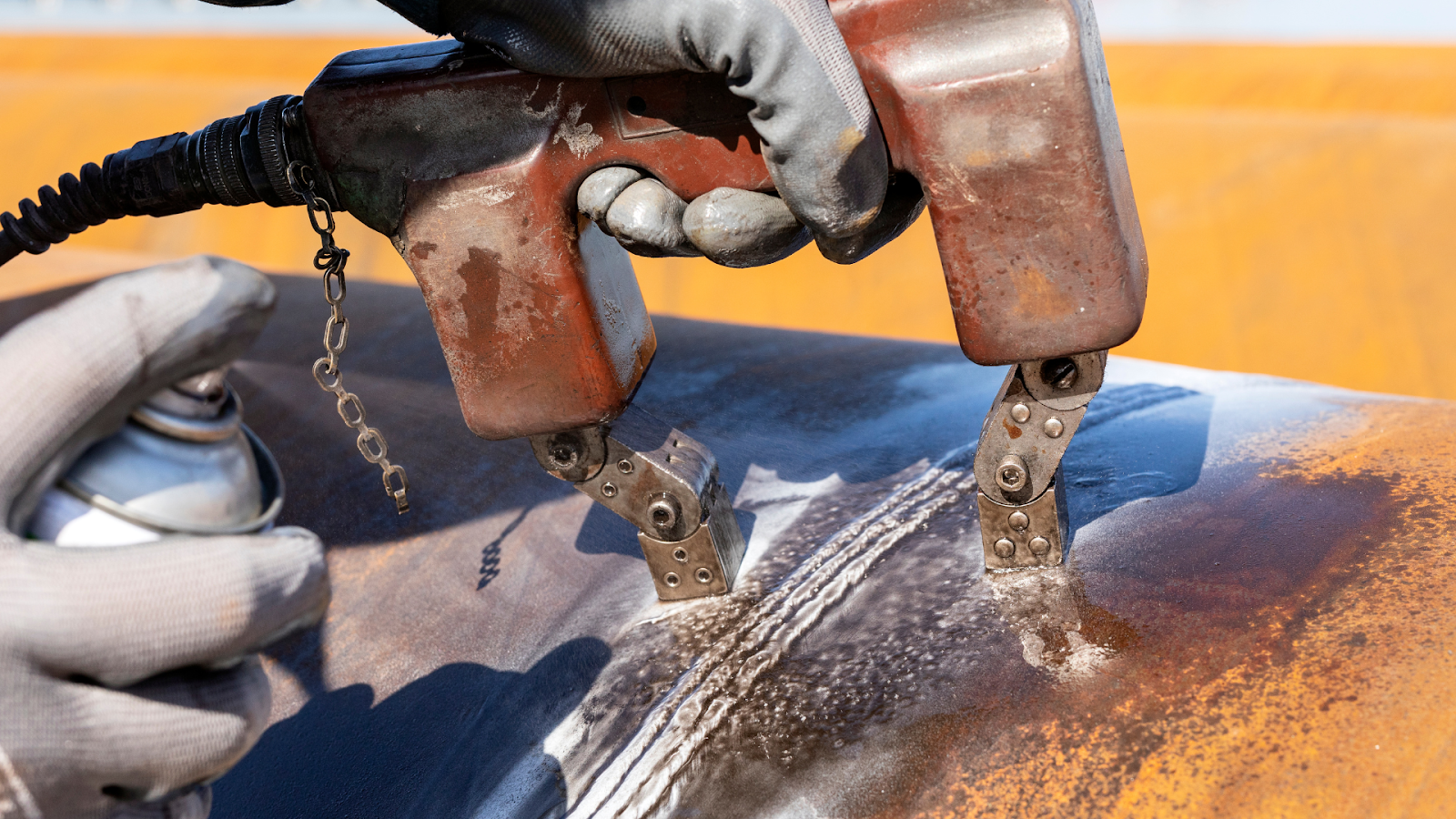
Who We Serve In Houston, TX
In Houston—where precision engineering meets high-consequence applications—we support manufacturers and suppliers who require more than just surface finishing. They need assurance.
Aerospace And Aviation
Houston’s aerospace and aviation ecosystem depends on stainless steel components that can endure fuel exposure, hydraulic fluid, and rapid pressure changes—all while remaining structurally sound. Passivation plays a vital role in removing free iron and other contaminants that could compromise corrosion resistance or part integrity. We routinely process aircraft structures, engine assemblies, and landing gear with precision, ensuring each component meets rigorous aviation specs and inspection protocols.
Defense Contractors
Whether you’re working on ground vehicle platforms, naval systems, or guidance technologies, passivated stainless steel offers the resilience required for critical performance. We support defense contractors in Houston by aligning our processes with DoD expectations, including MIL and AMS standards, while maintaining full traceability across production runs. It’s about reliability you can stand behind—no compromises.
Space Exploration Companies
Passivation helps ensure that stainless steel hardware maintains optimal performance in vacuum, high-temperature, and chemically aggressive environments. We partner with space-focused organizations to prepare structural hardware, support equipment, and mission-critical assemblies for launch-readiness—reducing risk through consistent surface integrity.
Pricing Information For Stainless Steel Passivation In Houston, TX
At Valence, we work closely with our customers to align process scope, compliance requirements, and turnaround needs with a cost-effective solution. Here’s what typically influences pricing in this region:
Scope Of The Passivation Process
Project pricing largely depends on the scale and complexity of the work. This includes the number of parts, their dimensions, and any surface contamination that must be addressed before passivation. The more extensive the prep work—such as oil removal, oxide scale, or machining residues—the more labor and time are involved. High-volume or geometrically complex parts generally require more intensive handling and higher costs.
Volume, Lead Times, And Custom Scheduling
We offer tiered pricing structures to support batch orders or recurring program volumes. In many cases, larger production runs benefit from per-part cost efficiencies. On the other hand, expedited turnaround or weekend scheduling may incur premium charges. Communicating your production timelines in advance helps us plan efficiently and provide the most competitive pricing possible.
Exploring Valence Surface Technologies’ Locations
Valence Surface Technologies is proud to offer a network of facilities strategically located across the United States to provide aerospace and defense industries with top-quality surface treatment services. Here’s a closer look at the regions we serve and the specialized services we offer at each of our locations:
Eastern Region
Valence Surface Technologies operates multiple facilities in the Eastern U.S. that service the aerospace and defense markets. With locations in Eastman, Georgia, Grove, Oklahoma, Blairsville, Pennsylvania, West Springfield, MA, and Wichita, Kansas, we provide a comprehensive set of surface treatment services.
Our services in this region include:
- Nondestructive Testing (NDT): Advanced methods for detecting material defects, ensuring the integrity of parts before they are put into operation.
- Anodizing: Essential for providing corrosion resistance and aesthetic finishes, particularly for aluminum parts.
- Paint/Spray Coatings: Customized coatings that offer protection against environmental factors and improve the visual appearance of components.
- Shot Peening: A process used to enhance the fatigue life of metal parts by creating compressive stress on the surface.
- Bond Primer: Specialized primers that promote better adhesion of topcoats, ensuring long-lasting durability.
From very small components to parts over 20 feet in length, our Eastern Region facilities are equipped to handle a wide range of part sizes and offer the highest quality standards for aerospace and defense applications.
Northwest Region
Valence’s Northwest Region facilities in Seattle, Washington and Everett, Washington serve the aerospace and defense markets from British Columbia, Canada to Oregon. These locations are strategically positioned to service both the Pacific Northwest and Western Canada, providing full-service aerospace treatments with advanced capabilities.
Our services in this region include:
- Nondestructive Testing (NDT): Ensuring that parts are structurally sound and free from defects before they are utilized in mission-critical applications.
- Anodizing: Providing durable finishes that increase the lifespan of components by enhancing corrosion resistance.
- Paint/Spray Coatings: A vital service for aerospace parts requiring weather-resistant and visually appealing finishes.
- Shot Peening: Vital for ensuring the fatigue resistance of high-stress components, such as aircraft fuselages and engines.
- Bond Primer: Applied to ensure superior adhesion of the topcoats, leading to longer-lasting finishes and superior performance.
Our Northwest Region facilities are fully equipped to handle parts ranging from small components to those up to 30 feet in length. This capacity allows us to meet the needs of various clients in the aerospace and defense industries.
Southwest Region
In the Southwest Region, Valence operates a cutting-edge facility in the greater Los Angeles area, covering California, Arizona, Nevada, and Utah. This region is a hub for aerospace and defense, and our facility in Los Angeles is one of the leading providers of surface treatments in the Western United States.
Our services in this region include:
- Nondestructive Testing (NDT): Ensuring that critical aerospace components meet the highest safety and reliability standards.
- Anodizing: Offering protective coatings for aluminum and other metals that are essential for aerospace parts exposed to harsh environments.
- Plating: We provide a range of plating services that offer corrosion resistance, wear resistance, and improved conductivity for aerospace components.
- Paint/Spray Coatings: Ensuring that parts receive the perfect finish to meet both performance and aesthetic requirements.
- Shot Peening: Used to improve the strength of aircraft parts, prolonging their service life and enhancing their reliability.
- Bond Primer: A key service for ensuring the longevity of topcoats and improving paint adhesion.
Our Southwest Region facility can handle parts up to 25 feet in length, giving us the flexibility to treat both large and small components. Whether you need high-end coatings, advanced testing, or specialized surface treatments, our Los Angeles location offers the experience and facilities to meet your needs.
Contact Valence Surface Technologies Today
When precision, compliance, and performance are non-negotiable, we’re here to help. At Valence Surface Technologies, we support aerospace, defense, and space manufacturers in Houston with stainless steel passivation services that meet the highest industry standards. Whether you’re managing a mission-critical program or scaling production with tight timelines, our team is ready to support your goals with expertise, consistency, and full process control.
Let’s discuss your project requirements and how we can support your success. Contact us today to request a quote, schedule service, or speak directly with our technical team.

Frequently Asked Questions About Stainless Steel Passivation Services In Houston, TX
Is passivation the same as pickling?
No, passivation and pickling are distinct processes. Pickling uses strong acids to remove oxides and scale from the surface of stainless steel, often after welding or heat treatment. Passivation, conversely, is a chemical treatment that removes free iron and other contaminants without affecting the underlying metal structure.
Is the passivation of stainless steel optional?
While not always mandated, passivation is strongly recommended for aerospace, defense, and space applications. Stainless steel can develop surface contamination during fabrication, handling, or machining, leading to premature corrosion. By opting for professional passivation services like those offered by Valence, you ensure that your components meet the highest industry corrosion resistance and reliability standards.
Does passivation make stainless steel corrosion-proof?
Passivation significantly increases stainless steel’s corrosion resistance but does not make it completely corrosion-proof. The process forms a dense, inert oxide layer that protects against many types of corrosion. However, aggressive environments or improper maintenance can still compromise the material.
Does passivation change the appearance of the component?
Passivation is designed to be non-intrusive and typically does not alter the appearance, finish, or dimensions of stainless steel components. The process is chemical, not abrasive, so the original surface finish remains intact.
Is passivation necessary for new stainless steel components?
Yes, passivation is recommended for new components. Machining and welding can introduce contaminants or free iron to the surface. Passivation removes these impurities, allowing the natural chromium-rich oxide layer to form and protect the material. Aerospace and defense specifications often require new parts to undergo passivation before deployment, and Valence is equipped to meet all such industry mandates.
How long does the passivation process take?
The duration of the passivation process can vary depending on the specific alloy, component complexity, and quantity. Standard processing times are typically measured in hours rather than days. At Valence, our highly efficient operations in Houston prioritize both speed and adherence to strict aerospace quality controls, ensuring you experience minimal downtime while achieving the highest standard of surface finish.


